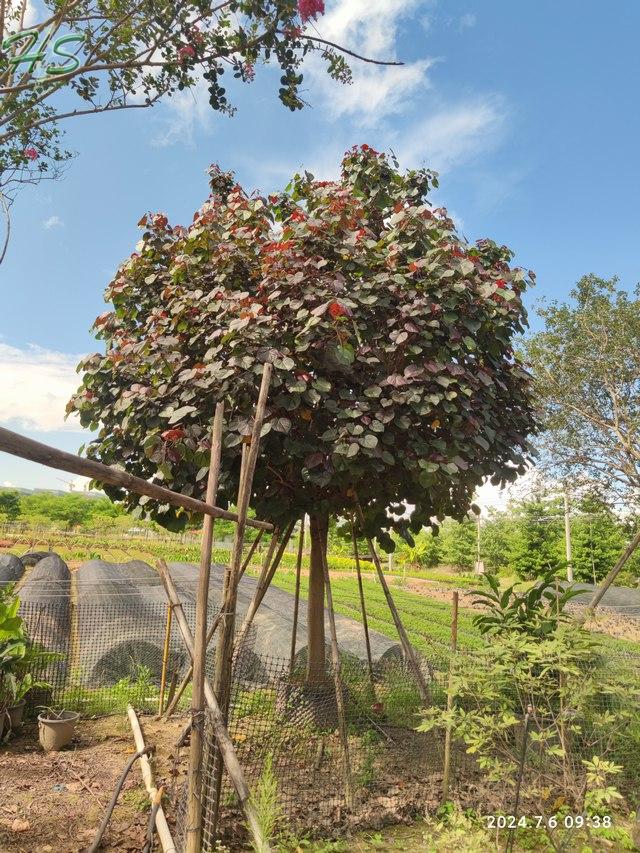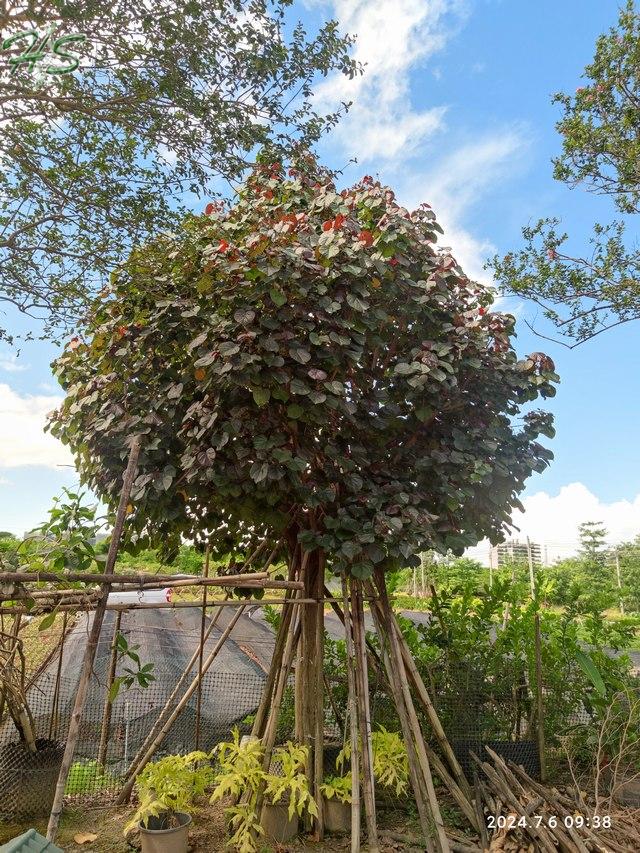Hibiscus tiliaceus rubra, commonly known as the Red Cottonwood or Red-Leaf Hibiscus, is a tropical plant species belonging to the family Malvaceae. It is a variant of the more widely distributed Hibiscus tiliaceus, which is native to coastal regions of the Old World tropics. The rubra variant is known for its striking red leaves, which provide a colorful addition to gardens and landscapes.
Item NO.:
HSPMPayment:
T/TProduct Origin:
ChinaColor:
GreenShipping Port:
Xiamen portLead Time:
7-10dayGoods Stock:
10000
Here are some key features and characteristics of Hibiscus tiliaceus rubra:
Appearance: The Red Cottonwood is a medium-sized, deciduous shrub or small tree that can reach a height of 20-30 feet (6-9 meters) with a spread of 10-15 feet (3-4.5 meters). It has a rounded crown and a relatively open, airy growth habit. The leaves are large, heart-shaped, and typically deep red or burgundy in color, although the shade can vary.
Flowers: The plant produces attractive, showy flowers that resemble those of typical hibiscus plants. The flowers are large, bright yellow, and have a distinctive prominent stamen column. They bloom throughout the year, but they are most abundant in warmer months. The flowers are short-lived, typically lasting for a day.
Environmental requirements: Hibiscus tiliaceus rubra thrives in warm tropical and subtropical climates. It prefers full sun exposure to partial shade and well-drained soil. The plant is tolerant of a variety of soil types, including sandy, loamy, or clay soils. It is also salt-tolerant to some extent, making it suitable for coastal areas.
Uses: The Red Cottonwood is prized for its ornamental value. Its vibrant red leaves and attractive flowers make it a popular choice for landscaping, gardens, and coastal plantings. It can be grown as a specimen tree or pruned into a hedge or shrub. Additionally, parts of the plant, including the bark and roots, have traditional medicinal uses in some cultures.
Maintenance: Hibiscus tiliaceus rubra is relatively low-maintenance. It requires regular watering, especially during dry periods, but it is generally drought-tolerant once established. Pruning can be done to maintain the desired shape and size. This species is generally not prone to serious pest or disease problems.


HS Bonsai Nursery www.hsbonsai.cn whatsapp: +86013514076266 +86013606051207